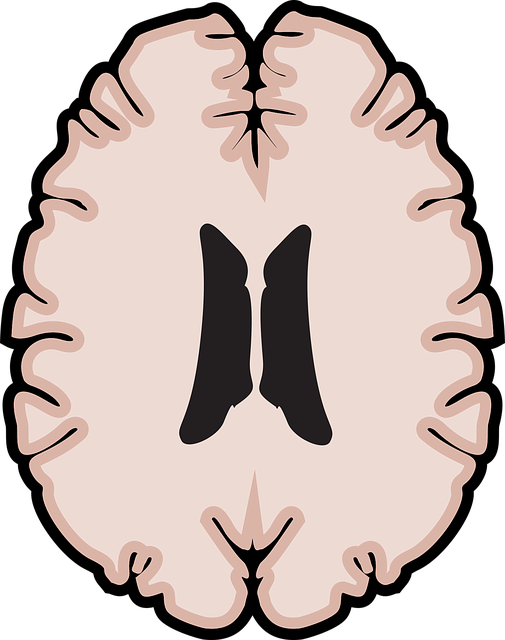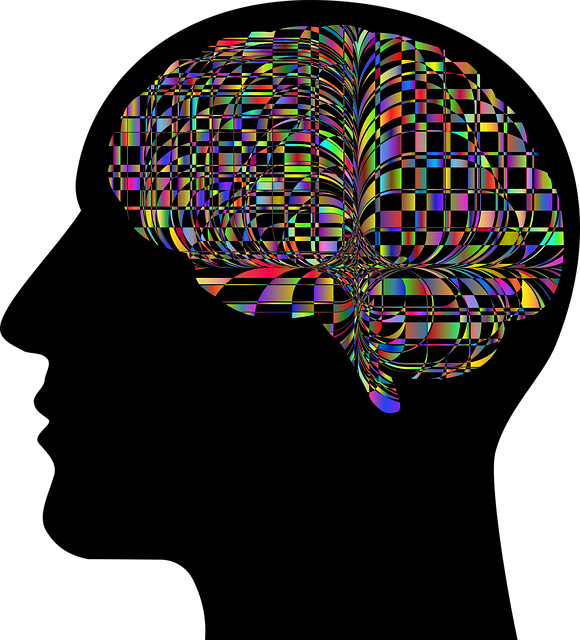Wheat Ridge Children Therapy emphasizes the power of positive thinking in shaping children's mental health. Their program includes community outreach, strategic exercise implementation, and tailored activities for different age groups to reduce stress, anxiety, and depression. They monitor progress through personalized goal setting and assessment, ensuring a dynamic self-care routine that supports emotional well-being across development.
Positive thinking exercises are transformative tools, especially for children. This article explores how such practices can be integrated into therapy programs, focusing on the successful implementation at Wheat Ridge Children’s Therapy. We’ll guide you through understanding the impact of positive thinking on young minds, designing tailored exercises for various age groups, and monitoring progress to ensure optimal results. By implementing these strategies, therapists can create a nurturing environment that empowers children to cultivate resilience and a positive outlook.
- Understanding Positive Thinking and its Impact on Children
- Preparing to Implement a Positive Thinking Exercise Program at Wheat Ridge Children's Therapy
- Designing Effective Positive Thinking Exercises for Different Age Groups
- Monitoring Progress and Adjusting the Positive Thinking Exercise Routine
Understanding Positive Thinking and its Impact on Children

Positive thinking is a powerful tool that can significantly shape a child’s mental health and overall well-being. At Wheat Ridge Children Therapy, we believe that fostering positive thinking in young individuals is an essential aspect of our therapy services. By teaching children to reframe negative thoughts into more optimistic ones, we empower them to build resilience and cope with challenges effectively. This simple yet transformative practice has been shown to reduce stress, anxiety, and depression, allowing kids to navigate their emotions and behaviors with greater ease.
In today’s fast-paced world, where children are often exposed to various stressors, implementing positive thinking exercises can be a game-changer. Our Community Outreach Program Implementation aims to bring these practices to schools and communities, ensuring that children have access to tools for self-care routine development and crisis intervention guidance. By integrating these strategies into their daily lives, kids can learn to recognize and challenge negative thought patterns, thereby enhancing their ability to thrive in both personal and academic settings.
Preparing to Implement a Positive Thinking Exercise Program at Wheat Ridge Children's Therapy

Preparing to implement a Positive Thinking Exercise program at Wheat Ridge Children’s Therapy requires a strategic approach that combines evidence-based practices with an understanding of each child’s unique needs. Before launching, it’s crucial to establish clear goals aligned with the therapy’s mission and vision. This involves consulting with the therapy team, including mental health professionals and crisis intervention specialists, to integrate positive thinking exercises into existing treatment plans. A well-structured plan should incorporate risk management strategies, ensuring the safety and well-being of every child involved.
Leveraging resources such as research studies, professional development workshops, and expert guidance can enrich the program’s design. It’s essential to tailor the exercises to cater to different age groups and developmental stages while considering individual learning styles. By fostering a supportive environment that encourages open communication and emotional expression, Wheat Ridge Children’s Therapy can effectively utilize positive thinking as a tool for promoting mental health and resilience among its young clients.
Designing Effective Positive Thinking Exercises for Different Age Groups

Designing positive thinking exercises tailored to different age groups is essential for effective mental health support. For younger children, activities should be playful and interactive, incorporating stories or games that encourage optimism and resilience. Simple techniques like visualization exercises, where kids imagine happy scenarios, can help them develop a positive mindset. Older children and teenagers might benefit from more structured approaches, such as gratitude journaling or guided meditation, which allow them to reflect on their experiences and cultivate a more optimistic outlook.
Wheat Ridge Children Therapy emphasizes the importance of these exercises in preventing burnout, especially among adolescents facing academic and social pressures. By teaching young individuals practical positive thinking strategies, healthcare providers can enhance cultural competency training, ensuring that interventions are age-appropriate and culturally sensitive. Incorporating these practices into daily routines can foster mental well-being and resilience across all developmental stages.
Monitoring Progress and Adjusting the Positive Thinking Exercise Routine

Monitoring progress is a vital step in the positive thinking exercise routine at Wheat Ridge Children’s Therapy. By regularly assessing an individual’s mindset and emotional state, therapists can tailor the practice to their unique needs. This involves setting achievable goals, such as increasing positive affirmations or reducing negative self-talk, and tracking these metrics over time. It’s not just about quantifying progress but also qualitative assessments; observing changes in mood, energy levels, and overall well-being provides valuable insights into the effectiveness of the exercise routine.
Adjustments are then made based on these observations, incorporating new strategies or intensifying existing ones. The goal is to create a dynamic Self-Care Routine Development for Better Mental Health that evolves with the individual’s growth. For instance, if someone finds they’re effectively managing stress through positive affirmations, Conflict Resolution Techniques might be introduced to further enhance emotional resilience. This iterative process ensures the positive thinking exercise remains engaging and beneficial, fostering continuous improvement in mental health and overall well-being.
Implementing positive thinking exercises through programs like those at Wheat Ridge Children’s Therapy can significantly enhance a child’s mental well-being. By understanding the impact of positive thinking on children, preparing thoroughly, designing age-appropriate activities, and monitoring progress, parents and therapists can create a supportive environment that fosters resilience and optimism. Regular adjustment of these exercises ensures their effectiveness in navigating each child’s unique needs and challenges.














